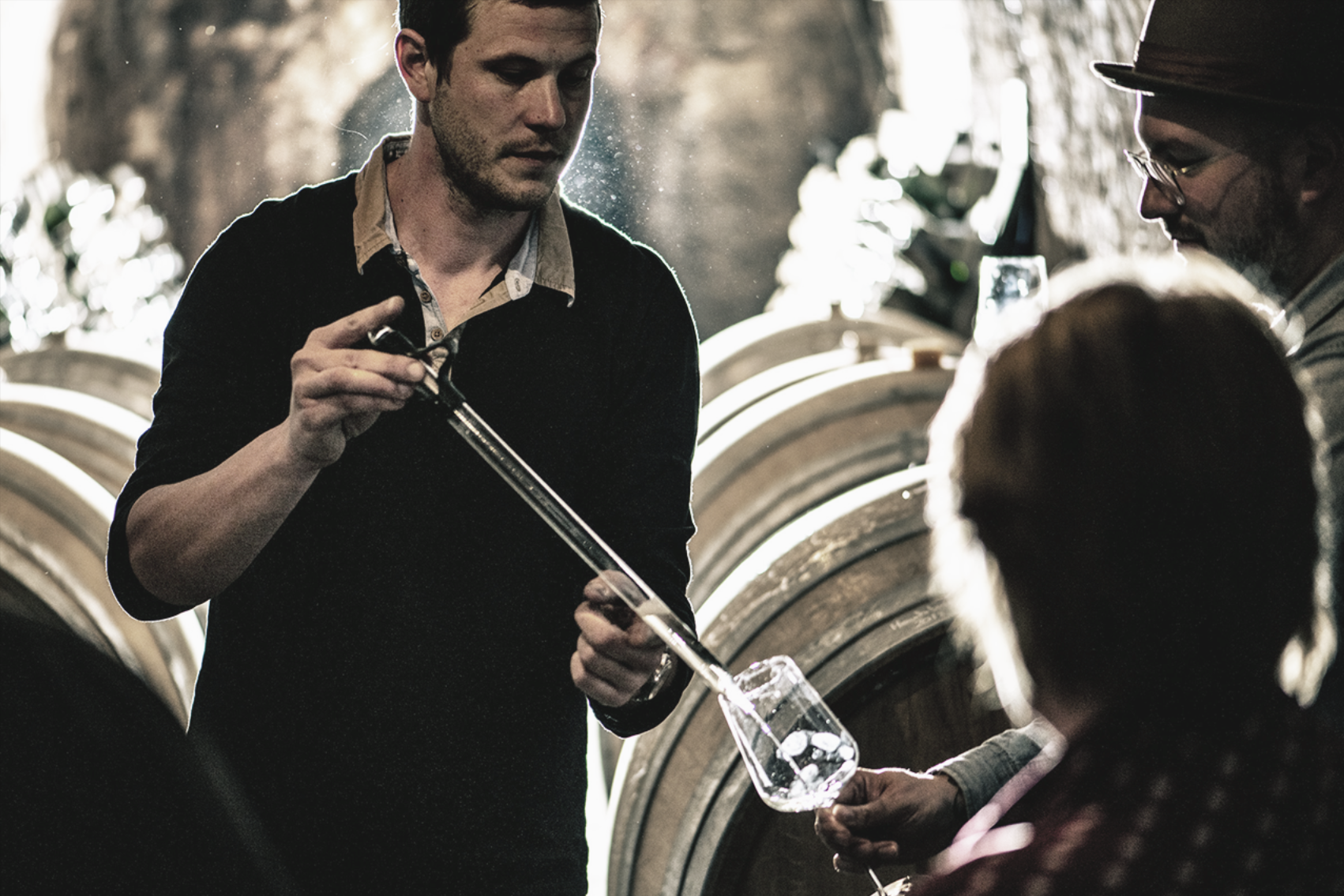Chartogne-Taillet
Represented by Alexandre Chartogne
The first document showing vinegrowing activity by the Taillet family in the village of Merfy dates back to 1683. Merfy, in the Massif de St-Thierry northwest of Reims, is not the most heralded cru today, yet it has been renowned for its wines since the Middle Ages: it was mentioned in the ninth century by Pardulus, Bishop of Laon, in a letter to the Archbishop Hincmar, and in fact the vineyard that he names, Chemin de Reims, is still cultivated by Chartogne-Taillet today. In 1775, Sir Edward Barry wrote that “among the River Wines the Auvillers and Epernay are most esteemed, and among the Mountain Wines the Selery and St. Thyery.” As the most famous cru of the Massif, Merfy would have been virtually synonymous with the name St-Thierry, and for it to be mentioned alongside Sillery in those times was high praise indeed.
Today Chartogne-Taillet is the only récoltant-manipulant in the village. The Chartogne family arrived in Merfy in 1870, and in 1920 Marie Chartogne married Étienne Taillet, creating the Chartogne-Taillet estate. Philippe Chartogne and his wife Élisabeth took over the estate in 1978, and since 2006, their son Alexandre has been in charge of the cellars and the vineyards. Remarkably, the Taillet family has kept a written diary of vinegrowing and winemaking records dating back to Fiacre Taillet, who was born in 1700. You can read these if you pay a visit to the estate today, and both Philippe and Alexandre are carrying on the family tradition in the form of commentary on harvests, weather conditions, yields and other viticultural data.
Alexandre Chartogne worked a stage with Anselme Selosse, who has heavily influenced his ideas on viticulture. Today, all of Chartogne’s parcels are plowed where possible, and numerous cover crops are grown between the rows of vines. Above all, the viticulture is focused on preserving and expressing the distinct characters of Merfy’s various terroirs. “What is unusual about Merfy is that we have clay and sand over chalk,” says Alexandre, “so the vines are living in two different environments. It’s important that the roots go deep into the ground in order to extract real minerality, and sometimes our roots go down more than 20 meters.” Each parcel is vinified separately, and fermentation is largely in stainless steel tanks, although an increasing number of wines are being made in secondhand barriques, as well as concrete eggs.
Information courtesy of Peter Liem's ChampagneGuide.net ©

